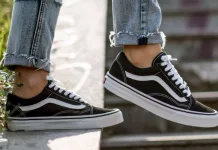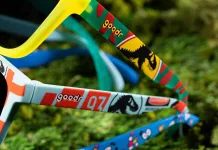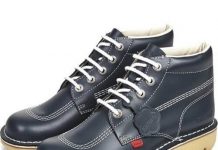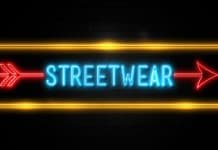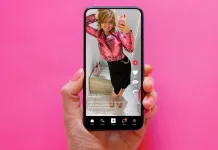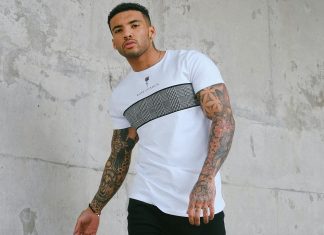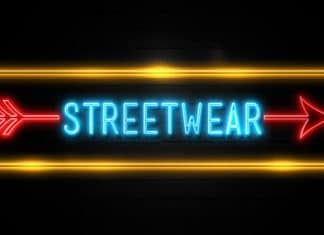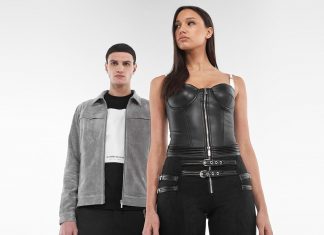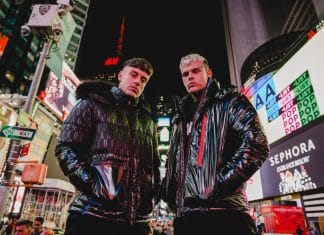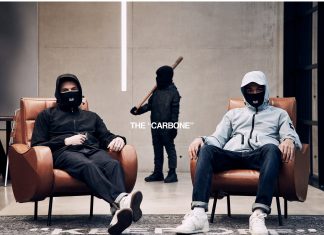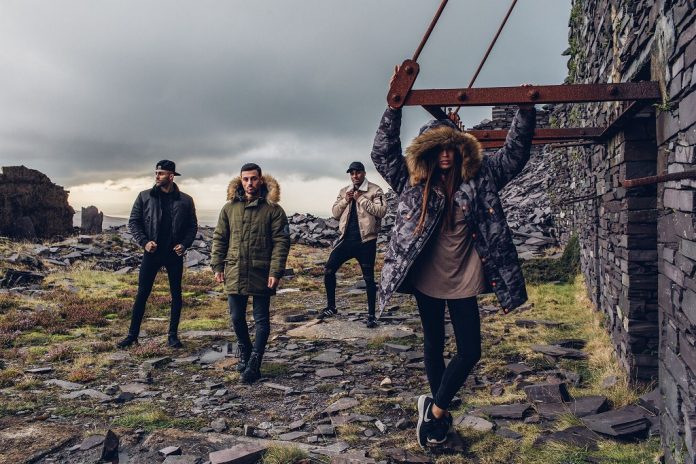
First Published: 27th January 2019, written by Chloé Safilo | Last Updated on 25th November 2023 | Reviewed and Edited by Chloe Safilo
Have you ever wondered how a retailer chooses which brands to have on their site or how it works? Perhaps you are an urban brand yourself and covet being in ASOS or Urban Celebrity. Well, we contacted streetwear retailer Thomas Gun and asked them and they were very informative.
It’s a cold morning and I’m briskly walking down the snow-covered streets of Brighton to find the office of a retailer who started in the fashion industry in 1984. When they made the online jump in 2012 they were finding “bedroom brands” no one had heard of like Judas Sinned and Sik Silk. So they seemed the perfect source of insider knowledge which will make up a series of blogs full of inside information of a fashion retailer.
We thought it best to start at the beginning, how it all began with the birth of streetwear in the UK and it’s explosion on the youth apparel market.
Well we used to sell the old school classics like Adidas, Reebok, Champion and Ellesse. Then we bumped into an old acquaintance who had recently left River Island to start up his own company designing and manufacturing for Judas Sinned, who we had just started stocking.”
“The brand had started using Stephen James as a model and were gaining a cult following by breaking the mould of the youth clothing industry. He had just taken on a new client, a “bedroom brand” called Sik Silk. Three guys from Scunthorpe had just maxed out their credit cards and ordered big on a Baseball Jersey style influenced by a recent trip to America and he was sure this brand operating from their house was about to explode.”
“Fashion Design Solutions were pushing a new Fast fashion movement, when orders are placed same season rather than ordered months before it’s even produced. Traditionally you were looking at Spring/Summer collections based of CAD drawings a year early. This new way of working meant you were seeing samples of styles on the pulse in January/February and were buying for delivery in weeks/months.”
“It was a much better way of working all around, for us smaller independents who had gaps to fill and peoples attention to get. ASOS (previously called AsSeenOnScreen and were selling movie clothing replicas) had exploded onto the youth fashion scene and retail footfall was falling and online competition was growing. To have a place in the market we had to give something different.”
And he was right, the Baseball Jerseys put Sik Silk on the map and kickstarted streetwear in the UK.
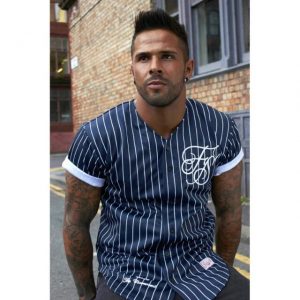
“Fast fashion is when orders are same season rather than ordered months before it’s even produced”
Most big brands have a sales agent like UK68, Red Alert or 2Squared, but smaller brands have no chance. Usually they are forced to contacting retailers themselves in the hope of getting picked up. Most retailers have a buyer, who is responsible for new brands and products that need to sell, so of course they often play it safe.
The sales agents have a direct relationship with them so it’s easier for them to showcase new brands. Retailers also know brands that sell, so it is their neck on the line to take a chance on an unknown. So it’s always been easier for them to go to Agent showrooms and see the new season samples. Business is always about reducing risk and increasing profits.
Old school agents are behind the times though, anyone can have an online agent now, and we do all our fashion wholesale ordering online who do a great free service for retailers. We get to see a lot of up and coming brands there, or we find them on Instagram. Social marketing is huge at the moment, so it is important for brands to have a good social presence as this is a very over-saturated market.
You would be forgiven for thinking any brand you see in online retailers have made it to the big time. But while being in a retailer has great exposure for the brands who market to their customer base and beyond, being in a retailer is not a instant game changer.
There are a lot of drop-ship stores that don’t even have the stock, and are just paying the orders on for a percentage of the profit. So the key of course is the quality and reputation of the store.
So breaking into online retailers with an agent is not as easy as it sounds. It’s rare for a big order to be placed with an unknown brand. Most will expect a drop-ship trial or sale or return as it’s zero risk. Even when orders are placed there are usually payment terms, even from huge retailers like ASOS, Footasylum or DV8.







